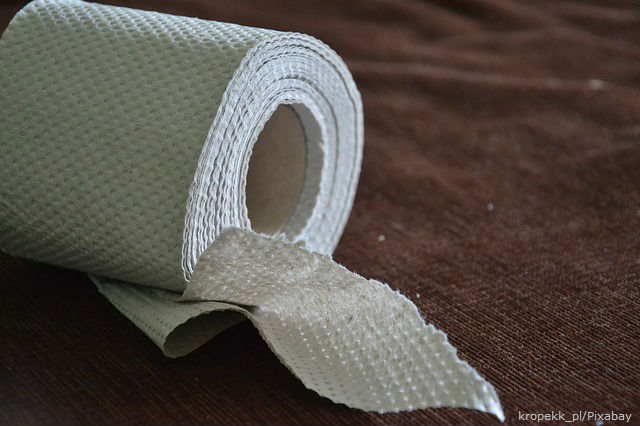One of the last things you want to happen when you move into a new home is to have problems with the septic system. With proper care and maintenance, your septic tank and septic system will work for you for at least 25 to 30 years. Learn how to properly care for your septic system with the tips below.
What is your septic system?
A septic system is a self-contained and underground waste water treatment system. It treats the waste water that comes from your home and disposes of it. Septic systems are designed simply making them less expensive to install and maintain and they don't require the installation of miles of sewer lines.
The system consists of two main parts: a tank and a drain field. The tank is a water-tight box made of concrete or fiberglass, with an inlet and outlet pipe. Waste water from the home flows into the septic tank where it is treated naturally, but remains in the tank long enough for solids to separate. The semi-clarified water flows out of the tank and into the drain field or a distribution device that will distribute it around the drain field.
How to maintain your septic system 
One of the necessary steps if you own a home with a septic system is pumping the solids out every so often--generally every three to five years. How often will depend on three major factors:
- How many people live in your home
- The amount of waste water generated
- The volume of the solids in the waste water
The drain field generally doesn't need maintenance, but you should remember these rules to prolong its life:
- DO NOT park or drive over the drain field with cars, trucks or heavy equipment
- DO NOT plant trees or shrubbery in the area because roots can plug the lines
- DO NOT cover the surface of the drain field with asphalt or concrete--grass is the best option because it will prevent erosion and help remove excess water
- DO NOT build anything on top of the drain field such as a shed, patio, above ground pool or anything else heavy
- DO divert surface runoff water from roofs, patios, driveways and other areas away from the drain field
Conserve water
Conserving water is an easy way to make sure that your septic system doesn't become overloaded and end up with problems. Check your home for leaky faucets and running toilets and make repairs if necessary.
- Use aerators on faucets and flow reducer nozzles on showers to help lower water consumption
- Spread your laundry days out throughout the month instead of doing it all on a single day
- Use a displacer to reduce the amount of water needed to flush the toilet
Use caution with garbage disposals
Use your garbage disposal wisely and sparingly because they can double the amount of solids added to the septic tank. If possible, choose a disposal that will grind the food into tiny particles that are easier to flow through the system.
Minimize heavy duty cleaners
The use of heavy duty cleaners kill the good bacteria as well as the bad bacteria in your septic tank so solids won't break down as quickly or as well as they should.
Products like Rid-X are specially made to be flushed and help break down the solid waste in your septic tank.
DO NOT:
- Pour grease down the drain
- Flush ANY of the following items: hazardous chemicals, cat litter, disposable diapers, dental floss, cigarette butts, sanitary napkins, paper towels, face tissues or anything else other than waste water and toilet paper
DO:
- Have your septic system inspected every year
- Call a professional whenever you experience problems with the septic system
- Keep a detailed record of maintenance, repairs, pumping, inspections, permits
- Use septic-safe products